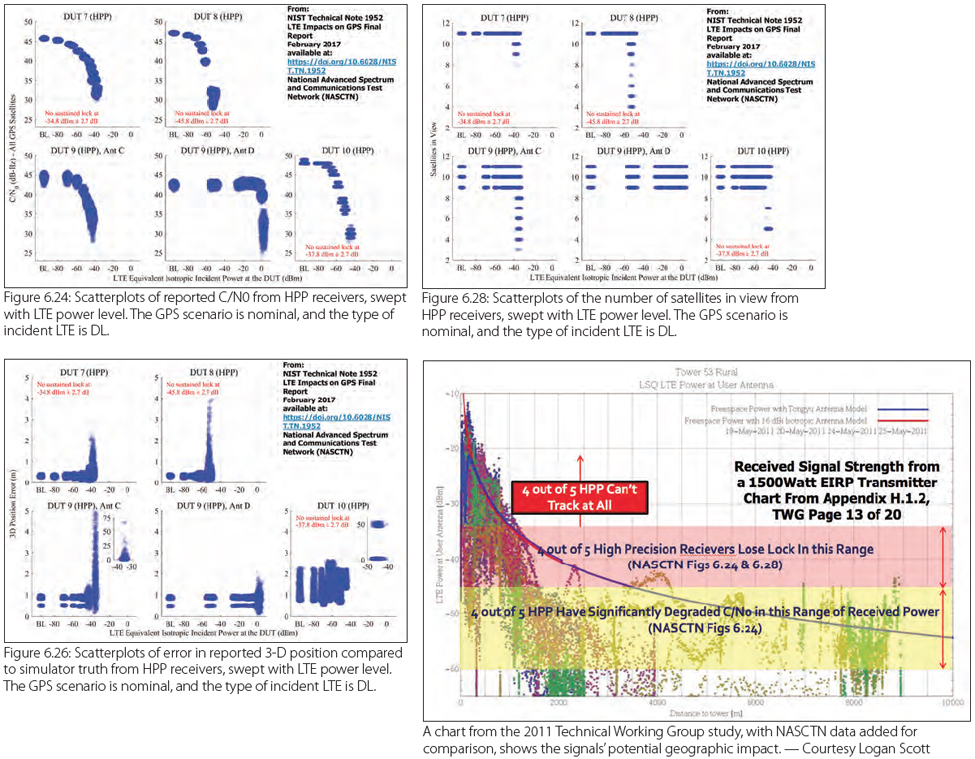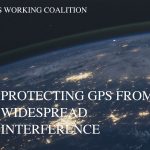The issue at hand is whether the Federal Communications Commission (FCC) should allow a change in the use of frequencies close to those used by GPS. Virginia-based Ligado Networks wants to repurpose its satellite frequencies to also support ground-based telecom services. Testing done several years ago and expanded upon more recently has shown such a system could seriously interfere with GPS receivers.
Some three months after a meeting of the key federal agencies using and running the GPS program, they have yet to release a letter stating their recommendation on whether to allow the development of a potentially interfering telecommunication service.
The letter is supposed to come from the National Executive Committee for Space-Based Positioning, Navigation, and Timing (the PNT EXCOM), which works through policy issues impacting the GPS system. The ExCom is co-chaired by the Departments of Defense and Transportation and includes a host of government organizations that rely on GPS.
The issue at hand is whether the Federal Communications Commission (FCC) should allow a change in the use of frequencies close to those used by GPS. Virginia-based Ligado Networks wants to repurpose its satellite frequencies to also support ground-based telecom services. Testing done several years ago and expanded upon more recently has shown such a system could seriously interfere with GPS receivers.
The ExCom letter is supposed to go to the National Telecommunications and Information Administration (NTIA), which represents government interests in spectrum decisions. The NTIA would then submit the letter along with its own recommendations to the FCC. That same procedure preceded the FCC’s decision to halt development of the ground-based network by LightSquared, Ligado’s predecessor company.
It appears that the ExCom did, in fact, come to a conclusion at its March 22 meeting and Inside GNSS has learned a letter was drafted.
Sources told Inside GNSS before the ExCom meeting they expected the letter to be sent to NTIA in April. It is not clear where the letter is in the review process or why it is being held up. Some familiar with the process expressed concern the letter was being intentionally delayed.
Ligado Files
In the interim Ligado filed an amendment to its request to modify its license. It asked that the power requirements be changed to not exceed an EIRP of 9.8 dBW (10 W) in the lower downlink band from 1526 to 1536 MHz. This is to avoid interference to certified aviation GPS receivers, a commitment the company made to the Federal Aviation Administration and broadly viewed as necessary for safe air travel.
Ligado says the level was drawn from the Adjacent Band Compatibility Assessment completed last year by the Department of Transportation (DoT).
“Today’s FCC filing further demonstrates our commitment to protecting GPS,” said a Ligadospokesperson in a written statement, “and to being a responsible spectrum neighbor as we prepare to deliver 5G and IoT connectivity to the industries that keep America running. Ligado’s filing to reduce the power levels in the downlink honors the pledge the company made in 2015 to protect certified aviation GPS receivers.”
FAA Limits Not a Fix
The firm asserted in its filing that the new power level would protect other receivers as well. However, DoT found during testing that the limits set for certified aviation receivers did not protect receivers in all the other categories.
“The point here is that, everything else being equal . . . protecting the FAA-certified mask, adhering to that, does not necessarily protect the rest of the receiver categories,” said Hadi Wassaf, technical lead for GPS interference analysis at DoT’s Volpe Center. Wassaf presented some of the findings during the first workshop on the ABC Assessment results in fall of 2016.
GPS Adjacent Band Study Shows Need for Interference Tolerance Masks
The difference may lie in how interference is judged. The ABC Assessment used a 1 dB change in the carrier-to-noise-density ratio (C/N0), which is the internationally accepted metric for determining levels of interference. Ligado has asserted for some time that position error was a better choice — a proposal that has, so far, failed to gain traction. It asserted that choice of standard again in a footnote its latest filing.
The debate is likely to resume soon. The Advisory Board is preparing to weigh in again on the issue in a planned web-based meeting sometime soon. The Board then plans to craft a letter to the ExCom based on the meeting.
The WebEx meeting will be announced in the Federal Register and will be open to the public.





